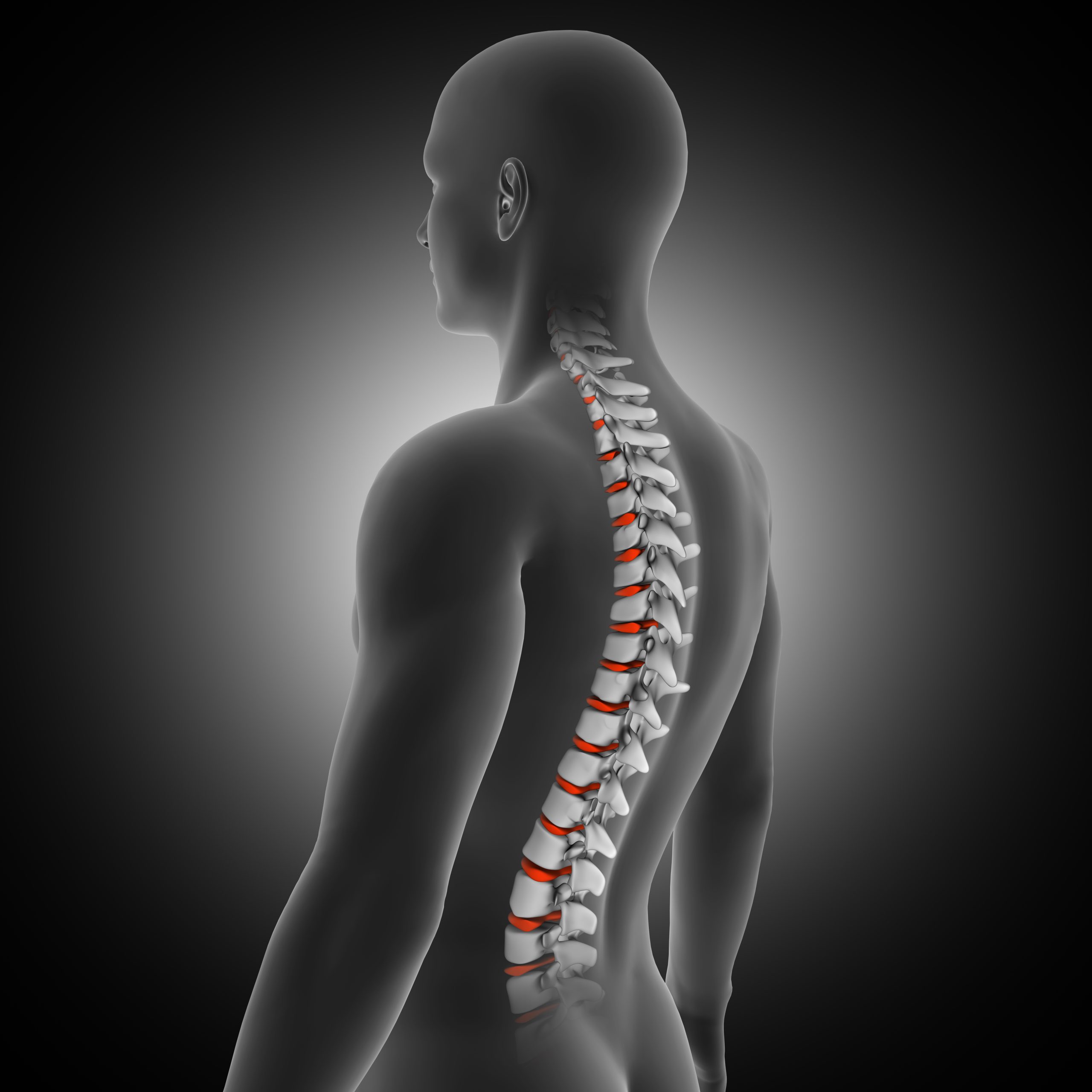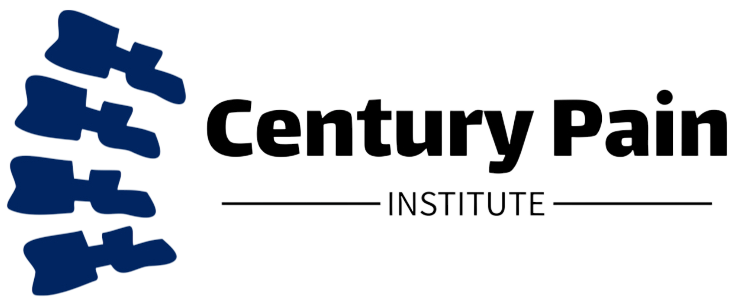
Epidural injections:
An epidural injection is a minimally invasive procedure designed to relieve pain by delivering anti-inflammatory medication directly into the epidural space of the spine. This space surrounds the spinal cord and nerve roots, where inflammation can cause significant pain in the back, neck, arms, or legs. The injection typically contains a corticosteroid to reduce inflammation and a local anesthetic for immediate pain relief. It is commonly used to treat conditions such as herniated or bulging discs, spinal stenosis, sciatica, degenerative disc disease, and radiculopathy (pinched nerves). Performed under fluoroscopic (X-ray) guidance for precision, the procedure is quick and typically well-tolerated. While relief may be temporary, epidural injections can provide significant pain reduction, allowing patients to participate in physical therapy and other treatments to improve mobility and function.
Request an AppointmentFacet injection:
A facet injection is a minimally invasive procedure used to diagnose and treat pain originating from the facet joints in the spine. These small joints, located between each vertebra, provide stability and enable smooth movement. When they become inflamed due to arthritis, injury, or degenerative conditions, they can cause significant neck, back, or radiating pain.
A facet injection typically consists of a corticosteroid to reduce inflammation and a local anesthetic for immediate pain relief. The procedure is performed under fluoroscopic (X-ray) guidance to ensure precise placement of the medication. If the injection provides pain relief, it helps confirm that the facet joints are the source of discomfort. In cases where relief is temporary, additional treatments such as radiofrequency ablation (RFA) may be recommended for longer-lasting results.
Facet radiofrequency ablation:
Facet Radiofrequency Ablation (RFA) is a minimally invasive procedure used to provide long-lasting relief from chronic neck or back pain caused by inflamed facet joints. Facet joints are small stabilizing joints located between vertebrae, and when they become irritated due to arthritis, injury, or degeneration, they can cause significant pain and stiffness.
During the procedure, a specialized needle is guided to the affected nerve using fluoroscopic (X-ray) imaging. A small electrode then delivers controlled radiofrequency energy to heat and disable the nerve, preventing it from transmitting pain signals. Since the nerve is not permanently destroyed, it may regenerate over time, but relief can last from several months to years.
Facet RFA is typically recommended for patients who have experienced temporary relief from facet injections, confirming the facet joints as the pain source. This procedure allows many individuals to reduce reliance on pain medications and improve mobility.
Spinal cord stimulation:
Spinal Cord Stimulation (SCS) is an advanced, minimally invasive treatment designed to manage chronic pain by using mild electrical impulses to interfere with pain signals before they reach the brain. This therapy is particularly effective for individuals with persistent pain in the back, legs, or arms that has not responded to conservative treatments such as medications, injections, or surgery.
During the procedure, thin electrodes are placed near the spinal cord, and a small pulse generator is implanted under the skin. The device delivers controlled electrical pulses that modify pain signals, replacing them with a mild tingling sensation or, in some cases, masking the pain entirely. Patients first undergo a trial period with temporary leads to determine if the therapy provides significant relief. If successful, a permanent device is implanted for long-term pain management.
SCS is commonly used to treat conditions such as failed back surgery syndrome, complex regional pain syndrome (CRPS), neuropathy, and chronic radiculopathy (nerve pain). By reducing pain levels, spinal cord stimulation can help improve mobility, decrease reliance on pain medications, and enhance overall quality of life.
Kyphoplasty:
Kyphoplasty is a minimally invasive procedure designed to treat painful vertebral compression fractures (VCFs), which commonly occur due to osteoporosis, trauma, or cancer-related bone weakening. These fractures can cause severe back pain, loss of height, and spinal deformity.
During the procedure, a small balloon is inserted into the fractured vertebra through a tiny incision and gently inflated to restore height and create space. Once the balloon is removed, a special bone cement is injected into the cavity to stabilize the vertebra and relieve pain. The cement hardens quickly, providing immediate structural support and pain relief.
Kyphoplasty is performed on an outpatient basis and typically allows patients to resume normal activities with significantly reduced pain. By restoring spinal integrity, it helps prevent further complications such as posture changes and reduced mobility
SI Fusion:
Sacroiliac (SI) Joint Fusion is a minimally invasive procedure designed to stabilize the sacroiliac joint and provide long-term pain relief for patients suffering from chronic SI joint dysfunction. The sacroiliac joint, which connects the spine to the pelvis, can become a source of pain due to arthritis, injury, pregnancy, or degenerative conditions.
During the procedure, small implants or bone grafts are placed across the SI joint to promote fusion and limit movement, reducing pain and inflammation. This is typically done using a minimally invasive approach, involving small incisions and fluoroscopic (X-ray) guidance to ensure precise placement. By stabilizing the joint, sacroiliac fusion helps restore function and improves mobility for patients who have not responded to conservative treatments such as physical therapy, injections, or medications.
MILD procedure:
Minimally Invasive Lumbar Decompression (MILD®) Procedure is a safe and effective treatment for lumbar spinal stenosis (LSS), a condition where the spinal canal narrows and compresses the nerves, causing lower back and leg pain, numbness, and difficulty walking.
The MILD procedure is performed through a tiny incision, about the size of a baby aspirin, without the need for general anesthesia or implants. Using fluoroscopic (X-ray) guidance, a specialized instrument is used to remove excess ligament tissue and small bone fragments that are narrowing the spinal canal. This decompresses the nerves, relieving pressure and improving mobility while maintaining the spine’s natural stability.
Since MILD is a minimally invasive outpatient procedure, recovery time is significantly shorter than traditional surgery, and most patients can resume normal activities within a few days. By increasing standing time and walking distance, MILD helps patients regain independence and improve their quality of life.
Intracept:
The intracept procedure or Basivertebral Nerve Ablation (BVNA) is a minimally invasive procedure designed to provide long-term relief from chronic vertebrogenic back pain, a condition caused by inflammation of the basivertebral nerve inside the vertebral bones. This type of pain is often associated with degenerative disc disease (DDD) and Modic changes, which are visible on MRI scans.
During the procedure, a small probe is inserted into the affected vertebra using fluoroscopic (X-ray) guidance. The probe then delivers radiofrequency energy to heat and disable the basivertebral nerve, stopping it from transmitting pain signals. Since the nerve does not control muscles or movement, its ablation does not affect spinal function.
Basivertebral nerve ablation is an outpatient procedure with minimal downtime, offering significant and lasting pain relief—often for years. It is a promising option for patients with chronic, midline lower back pain that has not responded to conservative treatments such as physical therapy, medications, or injections.
Vertiflex:
Vertiflex™ Superion® Interspinous Spacer is a minimally invasive procedure designed to relieve pain and improve mobility in patients with lumbar spinal stenosis (LSS). LSS occurs when the spinal canal narrows, compressing nerves and causing pain, numbness, or weakness in the lower back and legs, especially when standing or walking.
During the procedure, a small titanium spacer is implanted between the spinous processes (the bony parts of the spine that stick out) to gently open the narrowed spinal canal. This relieves pressure on the nerves while maintaining spinal stability. The procedure is performed through a tiny incision with no removal of bone or soft tissue, preserving the spine’s natural movement.
Vertiflex is an outpatient procedure with minimal downtime, allowing patients to return to daily activities quickly. It is a great option for those who want a long-term solution for spinal stenosis symptoms without undergoing major surgery.
Platelet rich Plasma (PRP injections)
PRP Injections are an innovative treatment for degenerative disc disease, arthritis, and soft tissue injuries. Platelet-Rich Plasma (PRP) is derived from the patient’s own blood, which is processed to concentrate platelets and growth factors that are naturally involved in tissue healing. The concentrated PRP is then injected into the affected joint or injured area to promote tissue repair, reduce inflammation, and enhance healing. PRP therapy is commonly used for conditions such as osteoarthritis, tendon injuries, and ligament sprains. Unlike cortisone injections, PRP works by stimulating the body’s natural healing response and can lead to long-term pain relief and improved joint function. Treatment may require multiple sessions and results can take several weeks to months to fully manifest.
